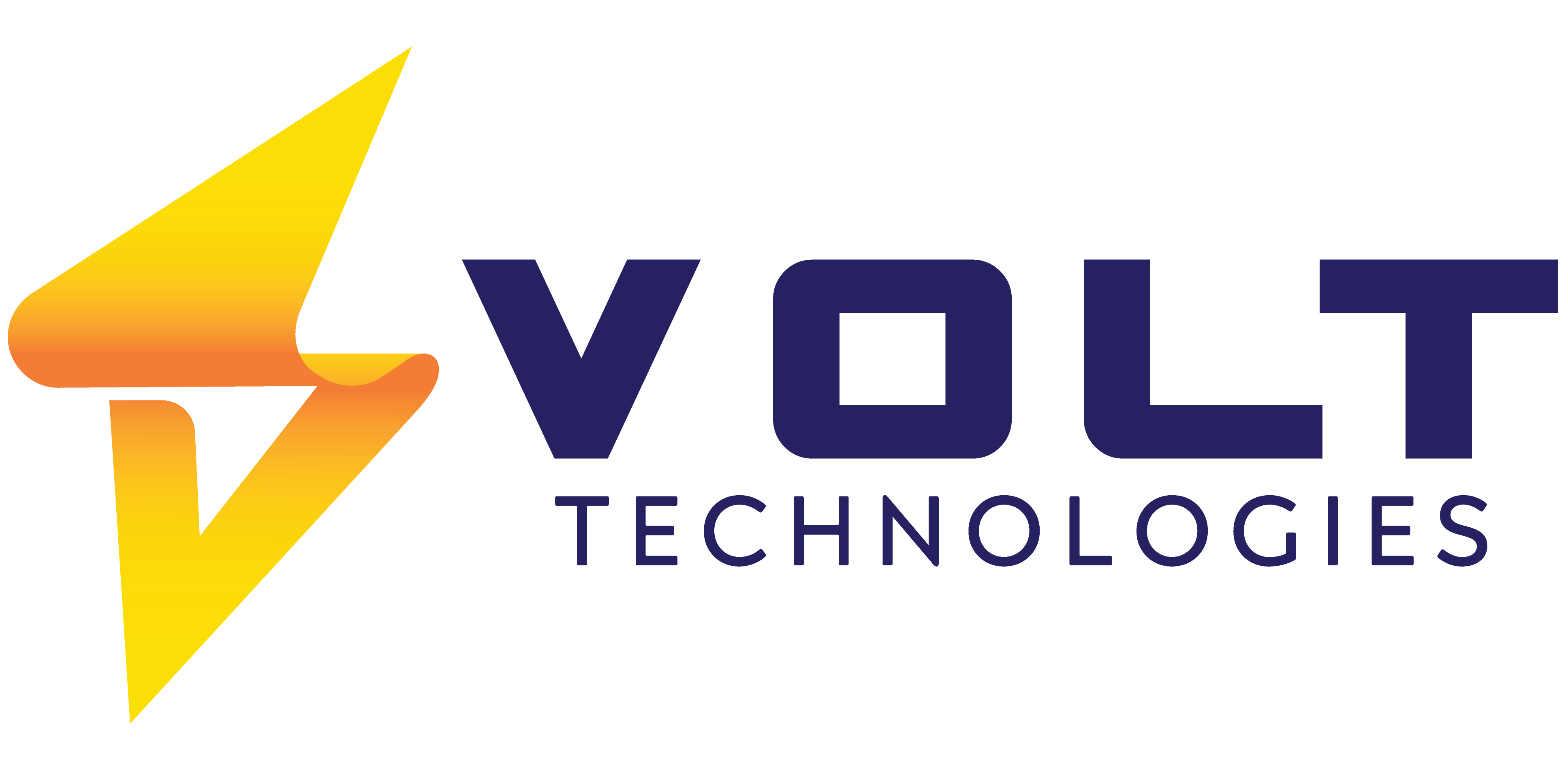Power Automate vs Zapier for Business Central: Which Automation Tool Wins?


Microsoft Dynamics 365 | Simplify your IT footprint and make decisions faster.
- August 25, 2025
Introduction – Automating Business Central in 2025
In 2025, automation is no longer a luxury, it’s a strategic necessity for growing businesses. For small and mid-sized companies using Microsoft Dynamics 365 Business Central, streamlining workflows, reducing manual data entry, and integrating systems are key to unlocking productivity and scalability. That’s where automation platforms like Microsoft Power Automate and Zapier come into play.
Both tools promise to simplify processes and connect your applications but not all automation platforms are created equal. If you’re wondering whether to choose Power Automate or Zapier for Business Central, this in-depth comparison will help you make the right call.
We’ll explore the key differences, highlight the best use cases, and evaluate which tool offers the most value for businesses that rely on Business Central automation. Whether you’re looking to build low-code flows or quick no-code zaps, understanding how these platforms stack up could make or break your automation strategy.
From workflow design and integration depth to pricing, AI features, and Microsoft ecosystem compatibility, we’ll help you determine which automation tool wins for your business needs.
Understanding the Platforms: Power Automate and Zapier
What Is Microsoft Power Automate?
Microsoft Power Automate is part of the Microsoft Power Platform and is tightly integrated with Dynamics 365 Business Central, Microsoft 365, Azure, and hundreds of other services. It enables users to build low-code to advanced automated workflows that streamline repetitive tasks and business processes across departments.
With Power Automate, Business Central users can:
- Automate approval workflows for sales quotes, purchase orders, and expenses
- Trigger alerts or actions based on real-time data changes in Business Central
- Connect to Microsoft Teams, Outlook, Excel, and SharePoint effortlessly
- Leverage AI Builder to enhance flows with document processing, prediction, and language understanding
It’s built for businesses that want deep automation with enterprise-grade governance, security, and scalability.
What Is Zapier?
Zapier is a popular no-code automation tool known for its simplicity and vast connector library. It allows users to create automated workflows called Zaps, between over 6,000+ web apps, such as Gmail, Slack, HubSpot, QuickBooks, and even Microsoft Business Central via APIs or third-party connectors.
Zapier is ideal for:
- Smaller teams or non-technical users who want to connect apps without IT involvement
- Quick automations like email alerts, data transfers, or form submissions
- Businesses that use a mix of SaaS tools and need lightweight integrations
However, Zapier’s support for Business Central is limited compared to Microsoft-native options like Power Automate.
Summary Table – Platform Overview
Feature | Power Automate | Zapier |
Approach | Low-code (Microsoft-native) | No-code (3rd-party, SaaS-focused) |
Business Central Integration | Deep, direct, Microsoft-certified | Limited, often via premium connectors |
Licensing Model | Per-user or per-flow (Microsoft plans) | Tiered pricing based on tasks & apps |
App Ecosystem | Microsoft 365, Dynamics, Azure, Dataverse | 6,000+ SaaS tools |
AI & Workflow Intelligence | Copilot + AI Builder | Basic (rule-based logic only) |
Automation Complexity | Advanced (conditions, loops, approvals) | Simple (trigger → action) |
Ideal For | Mid-sized to large businesses | Small businesses and startups |
Business Central Integration Capabilities: Power Automate vs Zapier
When it comes to integrating with Microsoft Dynamics 365 Business Central, not all automation tools are created equal. This is where Power Automate vs Zapier becomes a decisive comparison for businesses aiming to automate financial, operational, and sales processes.
Power Automate Integration with Business Central
Microsoft Power Automate was built to work seamlessly with Business Central. As part of the Microsoft Power Platform, it enables deep, native-level integration that doesn’t require custom connectors or API bridges.
Key features include:
- Direct Triggers and Actions: Trigger flows when records are created, modified, or approved in Business Central.
- Real-Time Sync: Automatically update Dynamics records, send emails, notify users, or create tasks in Teams.
- Complex Workflows: Build conditional logic, approvals, loops, and multi-step automations across departments.
- End-to-End Automation: From procurement to customer service, you can create workflows that span across Outlook, Excel, SharePoint, Teams, and Business Central all without writing code.
Example: Automate customer invoice approval → send status update in Teams → log activity in Business Central.
Zapier Integration with Business Central
Zapier’s support for Microsoft Business Central is improving but still relatively limited compared to Power Automate. It’s not a native integration and may require:
- Premium or third-party connectors (like APIBridge or custom middleware)
- Manual setup of APIs, endpoints, and authentication
- Separate app accounts and credentials
What Zapier can do:
- Trigger actions in other apps (e.g., send Slack or Gmail alerts) when data changes in Business Central
- Push form or CRM data into Business Central using HTTP/Webhooks
- Basic two-step automation: “If this happens, then do that”
However, it lacks:
- Native support for Business Central data structures (e.g., dimensions, entries, approvals)
- Advanced filtering, condition handling, or in-app actions
- Enterprise-grade security and compliance guarantees
Zapier may work for small-scale or one-time workflows, but Power Automate is built for scalable, secure, and native Business Central automation.
Automation Depth: Low-Code vs No-Code Functionality Explained
When evaluating Power Automate vs Zapier for Business Central, understanding their development models is key. Both platforms aim to democratize automation, but their approaches differ significantly in customization, complexity, and control.
What is No-Code?
Zapier is best described as a no-code tool. It’s built for business users who want to connect apps without touching code or logic-heavy workflows. If you can use a form builder, you can use Zapier.
Pros:
- User-friendly drag-and-drop UI
- Ideal for small, simple automations (e.g., create a Trello card when a Business Central invoice is generated)
- Connects thousands of apps like Gmail, Slack, Shopify, and Google Sheets
Cons:
- Limited logic: no loops, advanced conditions, or branching
- Struggles with dynamic content and structured Business Central data
- Not optimized for large teams or high-volume processes
What is Low-Code?
Power Automate is a low-code platform, offering much more depth while still being accessible to non-developers. It combines graphical interfaces with the ability to insert logic, conditions, and even expressions when needed.
Pros:
- Full support for loops, conditions, parallel branches, approvals, and error handling
- Seamless integration with structured Business Central tables and fields
- Supports data mapping, transformations, and custom connectors
- Enterprise features: role-based access, governance, logging, and DLP
Cons:
- Slightly steeper learning curve (especially for logic-heavy workflows)
- Requires more planning for complex flows
Pricing & Scalability for Business Central Users
When it comes to automation tools, cost-effectiveness isn’t just about monthly pricing, it’s about scalability, value per flow, and long-term ROI. In this section, we compare Power Automate vs Zapier through the lens of Business Central users looking to automate responsibly as they grow.
Pricing Models – Pay Per Task vs Pay Per User
Zapier:
- Pricing is based on the number of tasks (Zaps) executed per month.
- Starts with a free tier (limited Zaps and apps).
- Paid tiers: $19.99 to $69.99+/month (depending on volume and complexity).
- Costs can spike rapidly as workflows scale (e.g., each step in a Zap counts as a task).
Power Automate:
- Offers per-user and per-flow licensing models.
- Starting from $15/user/month with unlimited flows.
- Power Automate per-flow plan is great for automating high-impact workflows used by many.
- Included in Microsoft 365 E3/E5 plans and some Dynamics 365 licenses—zero extra cost for many users.
Verdict: If you’re already using Microsoft 365 or Business Central, Power Automate often delivers greater value with less usage-based cost volatility.
Scalability for Growing Businesses
As businesses scale, the number of apps, processes, and automation touchpoints grows rapidly. Here’s how both platforms hold up:
Zapier Scaling Challenges:
- Workflow sprawl is hard to manage across teams.
- Lacks admin controls, governance, or built-in monitoring.
- Not designed for enterprise-wide deployments.
- Can result in shadow IT and security risks.
Power Automate Scaling Strengths:
- Centralized admin controls for IT teams.
- Environment-based governance (sandbox, dev, production).
- Audit logs, monitoring, and error handling built-in.
- Tight integration with Azure Active Directory and Dataverse.
Final Verdict: Which Automation Tool Wins for Business Central?
When it comes to automating workflows in Business Central, the comparison between Power Automate vs Zapier ultimately comes down to ecosystem alignment, complexity of business processes, and long-term scalability.
Why Power Automate Wins for Business Central Users
- Built for Microsoft Ecosystem: Native to Microsoft, it seamlessly connects Business Central, Outlook, Teams, Excel, and more—offering unmatched integration depth.
- Enterprise-Ready: With built-in security, compliance, and governance tools, Power Automate supports small teams and enterprise-wide automation strategies alike.
- Low-Code Flexibility: Ideal for both IT pros and citizen developers to create powerful automations using the Power Platform.
- AI and Intelligent Workflows: Unlock AI-powered suggestions, approvals, and error-handling through Microsoft Copilot and advanced flows.
When Zapier Might Still Work
- Non-Microsoft-Centric Setups: If your stack includes tools like Google Workspace, Slack, or Airtable, Zapier offers broader app coverage out-of-the-box.
- Simple, Lightweight Workflows: For solopreneurs or small teams, Zapier may be easier to get started with for simple one-off automations.
- Speedy Prototyping: Zapier’s drag-and-drop interface makes it quick to test ideas before moving to more complex platforms.
So, Which Should You Choose?
Use Case | Best Tool |
Deep integration with Business Central | Power Automate |
Enterprise scalability | Power Automate |
AI + Microsoft Copilot capabilities | Power Automate |
Simplicity for non-technical users | Zapier |
Cross-platform tools (non-Microsoft) | Zapier |
Microsoft 365 user | Power Automate |
Final Word: If your business runs on Microsoft Dynamics 365, especially Business Central, Power Automate is the clear winner, offering more power, better control, and native alignment with your systems.
Conclusion: Power Up Your Business Central Automation
When it comes to Business Central automation tools, both Power Automate and Zapier have their merits—but for companies invested in the Microsoft ecosystem, Power Automate is clearly the superior choice. It offers robust functionality, enterprise-grade security, native integration with Business Central, and access to AI-powered automation through Microsoft Copilot.
While Zapier may serve well for smaller businesses with limited needs or non-Microsoft tech stacks, it simply can’t match the depth, scalability, and customization that Power Automate brings to Dynamics 365 Business Central users.
Whether you’re automating invoice approvals, syncing sales data, or triggering alerts across Teams, Power Automate is the best workflow automation tool for Business Central.
Need Help Automating Your Business Central Workflows?
Volt Technologies specializes in Business Central implementations and automation strategies that save time, reduce manual tasks, and increase operational efficiency. Our experts help you:
- Identify high-impact automation opportunities
- Build low-code workflows in Power Automate
- Connect Business Central with Microsoft 365, CRMs, and third-party apps
- Train your team for long-term success
Let’s make Business Central work harder for your business without the complexity.
Book a Free Automation Consultation with Volt Technologies
